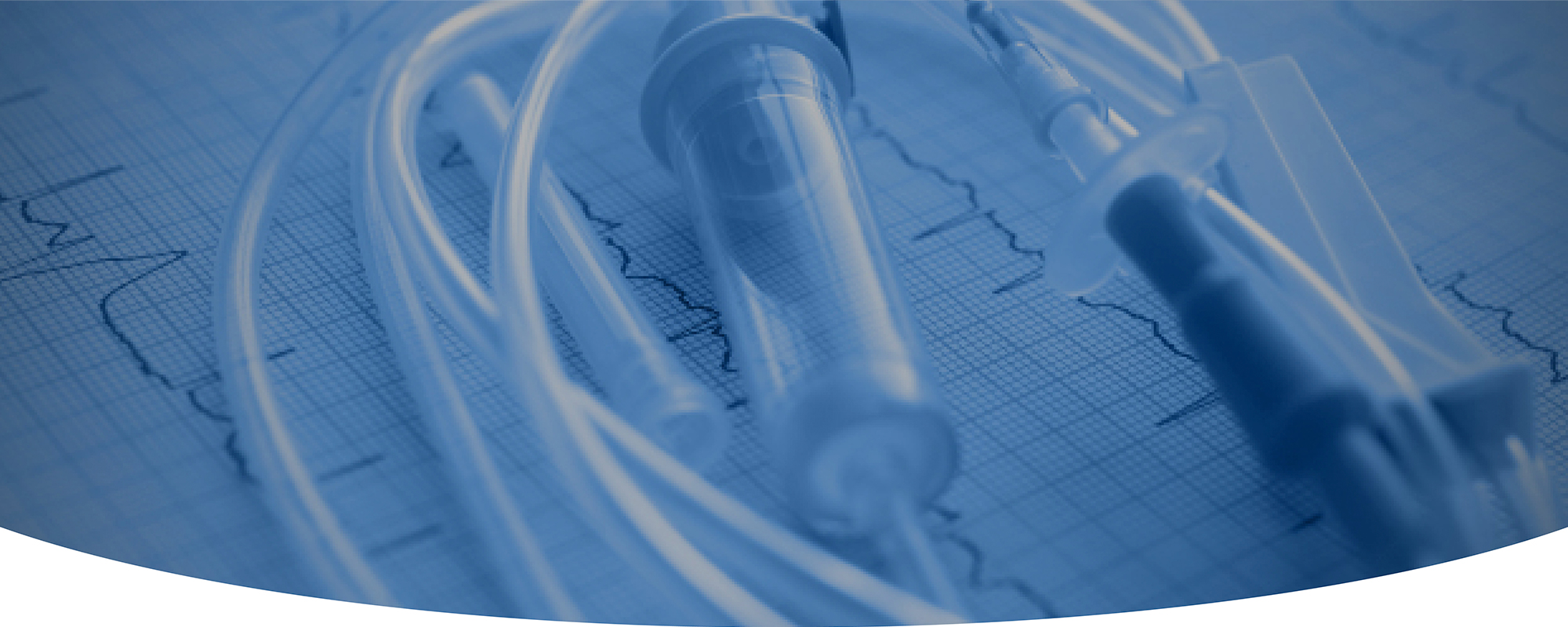PRP attempts to take advantage of the blood’s natural healing properties to repair damage skin, cartilage, tendons, ligaments, muscles, or even bone. It is a non-surgical form of tissue rejuvenation that uses your own natural blood cells to stimulate new cell growth and restore tissue. PRP is natural, therefore non-toxic and has no allergic reactions.
The therapeutic injections contain plasma with a higher concentration of platelets than is found in normal blood. To prepare PRP, a small amount of blood is taken from the patient’s arm. The blood is then placed in a centrifuge. The centrifuge spins and separates the platelets from the rest of the blood components. The entire process takes less than 20 minutes and increases the concentration of platelets and growth factors up to 600%. Using the patient’s own blood, especially prepared platelets are taken and re-injected into the affected area.
PRP has been used for many years in Sport medicine by orthopedists and athletes to promote healing of injured tendons, ligaments, muscles and joints. Although not considered standard practice, a growing number of people are turning to PRP injections to treat an expanding list of conditions:
- Knee osteoarthritis, but may be used on other joints
- Chronic tendinitis, such as tennis elbow or rotator cuff tendinitis
- Ligament sprains in wrists, ankles and knees
Because osteoarthritis has no surefire treatment and there are few risks associated with platelet rich plasma injections, some doctors believe PRP therapy is worth trying.
While there is no universally adopted list of criteria describing who is eligible for PRP injections, professional organizations such as the American Academy of Orthopaedic Surgeons and the International Cellular Medicine Society have suggested guidelines, some of which are osteoarthritis pain affects daily activities and other more conservative treatments have failed.
Platelet-Rich-Plasma injections are not typically recommended for the most severe cases of osteoarthritis. Patients should keep in mind that PRP is not a cure-all, and it may be best used in combination with nonsurgical treatments and lifestyle changes, such as physical therapy, weight loss, bracing, and NSAIDs.
Medical Use: Click here to read PRP Newspaper Article

